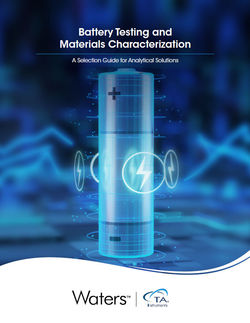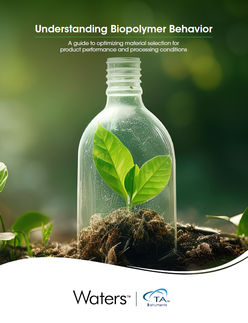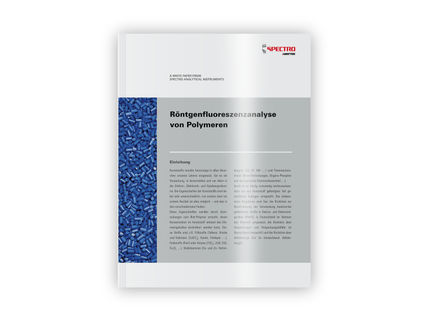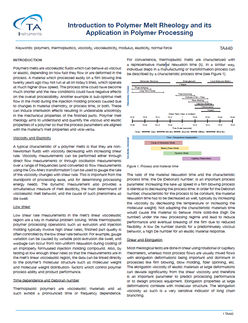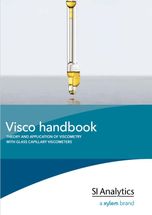
Xylem
Visco Handbook:Basics and Application of Viscometry Using Glass Capillary Viscometers
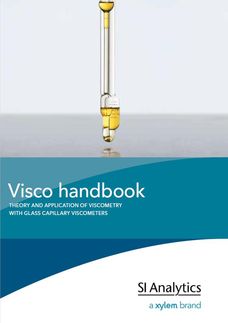
This SI Analytics guide focuses on both the basics and on practical know how about viscometry.
Based on long-standing laboratory expertise and covering the guidelines of current standards, its 92 pages convey what users of capillary viscometers need to know.
Numerous illustrations, tables and diagrams are provided for easy learning and to facilitate the handling of capillary viscometers in day-to-day lab routines.
Contents of the Visco Handbook
1. Viscosity – Rheology
- The principles of viscosity measurement
3. Measurement of the flow time
- Manual timing
- Automatic timing
5. Calibration
6. Handling capillary viscometers
- General guidelines for selecting the measuring system
- Cleaning capillary viscometers
- Preparing for measurement
- Performing measurements
8. Specific applications
- Testing plastics
- Viscosity determination of oils and additives
- Food testing
Advertisement
White Paper classification
White papers on related topics
Products on related topics
Manufacturers of similar products
See the theme worlds for related content
Topic world Rheology
Rheology deals with the flow behavior and deformation properties of materials. In the chemical field, it is indispensable for understanding the consistency, viscosity and elasticity of liquids, gels and solids. Whether formulating paints, producing polymers or optimizing food textures, rheological properties influence how substances react, move and feel.

Topic world Rheology
Rheology deals with the flow behavior and deformation properties of materials. In the chemical field, it is indispensable for understanding the consistency, viscosity and elasticity of liquids, gels and solids. Whether formulating paints, producing polymers or optimizing food textures, rheological properties influence how substances react, move and feel.




